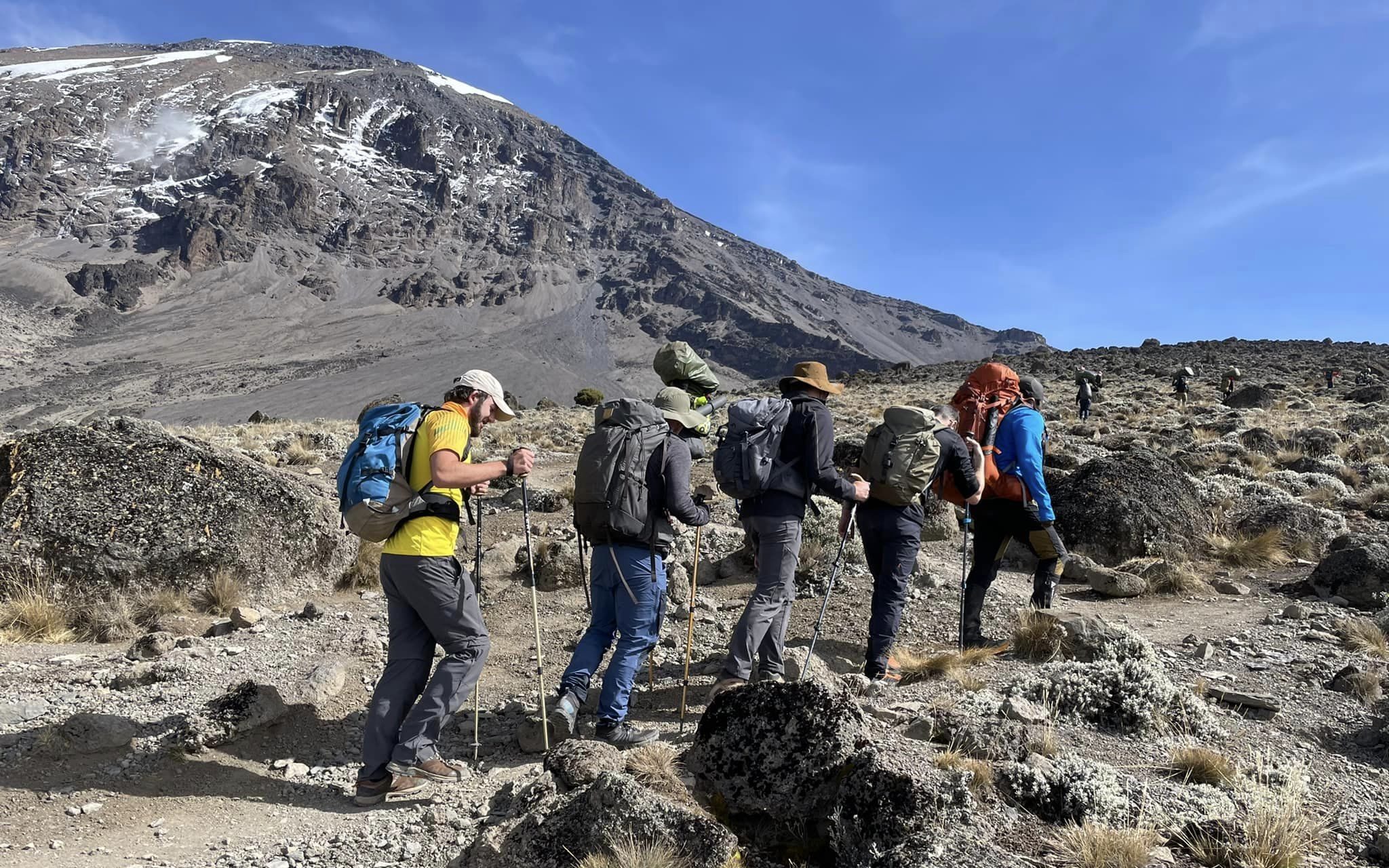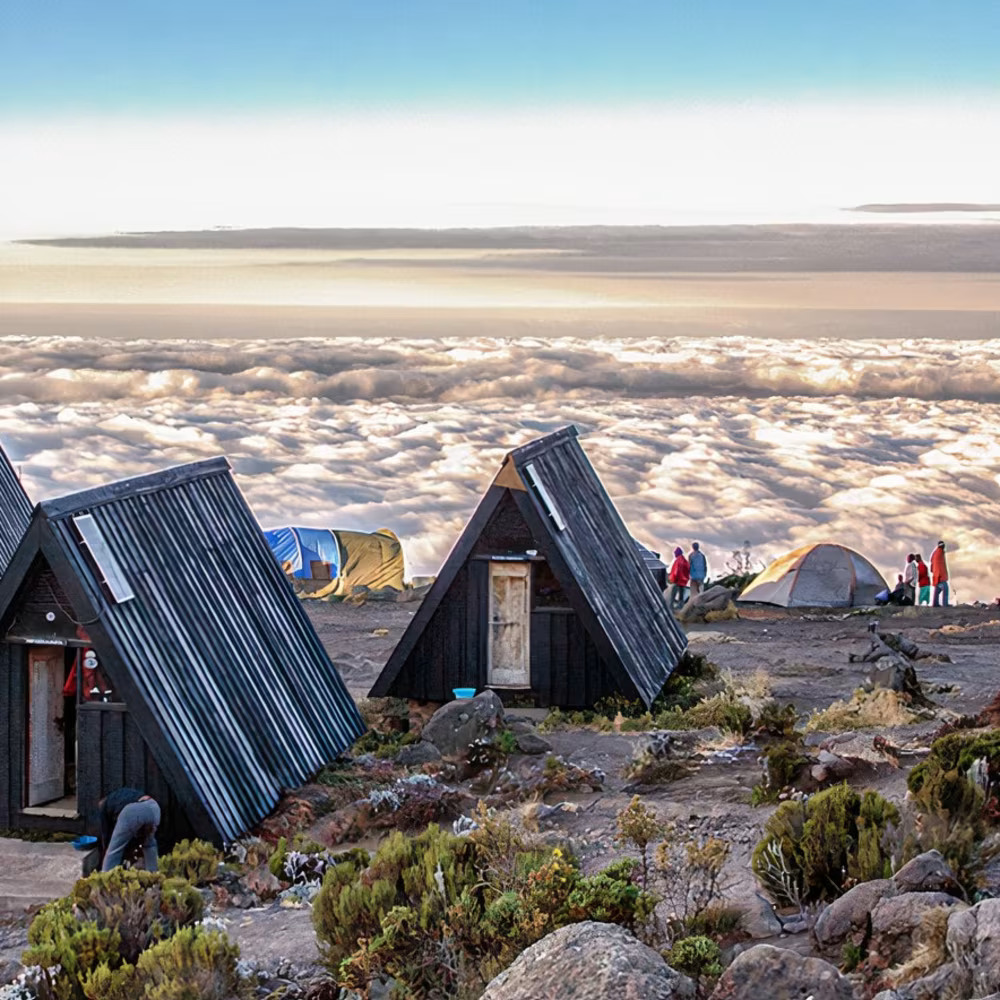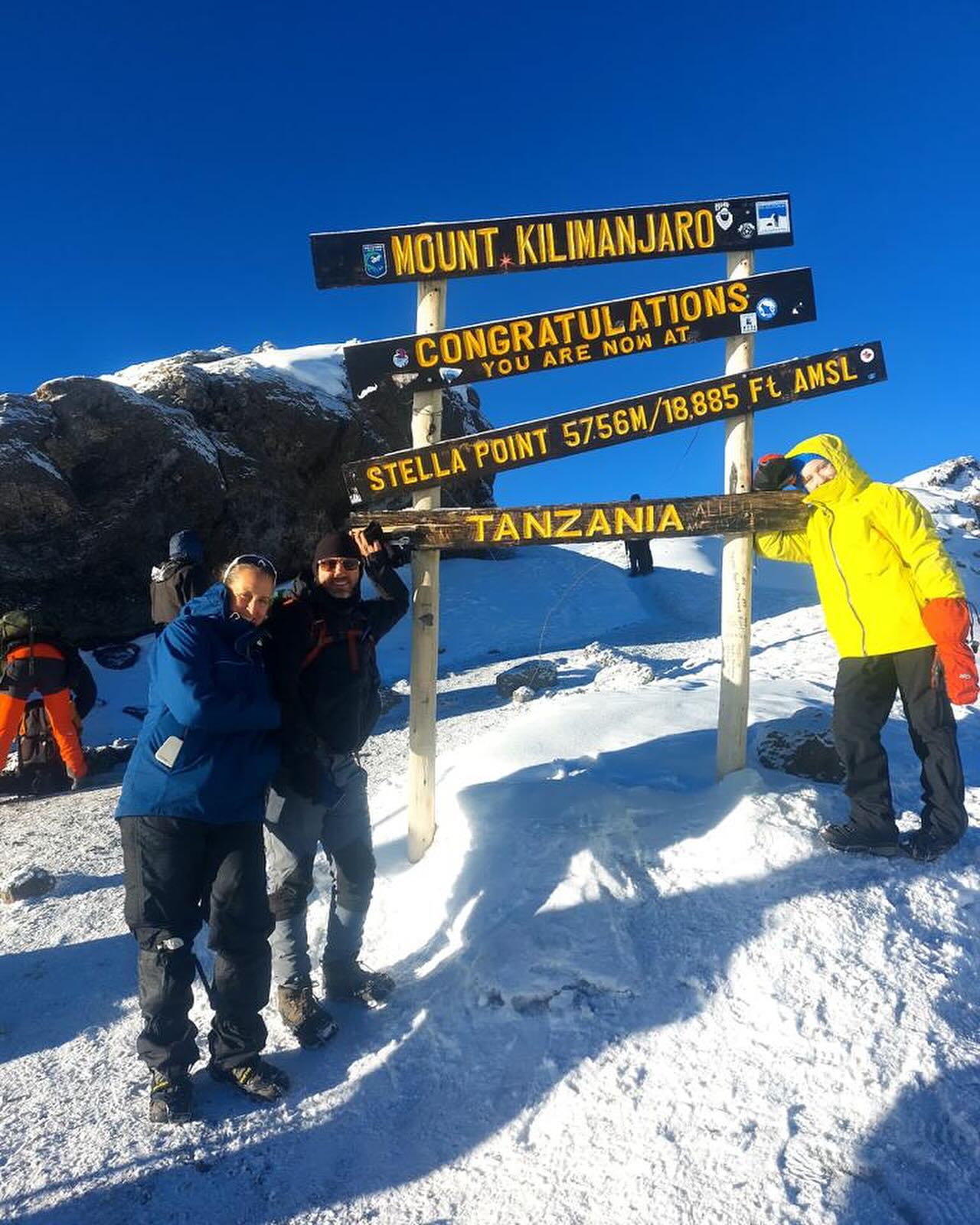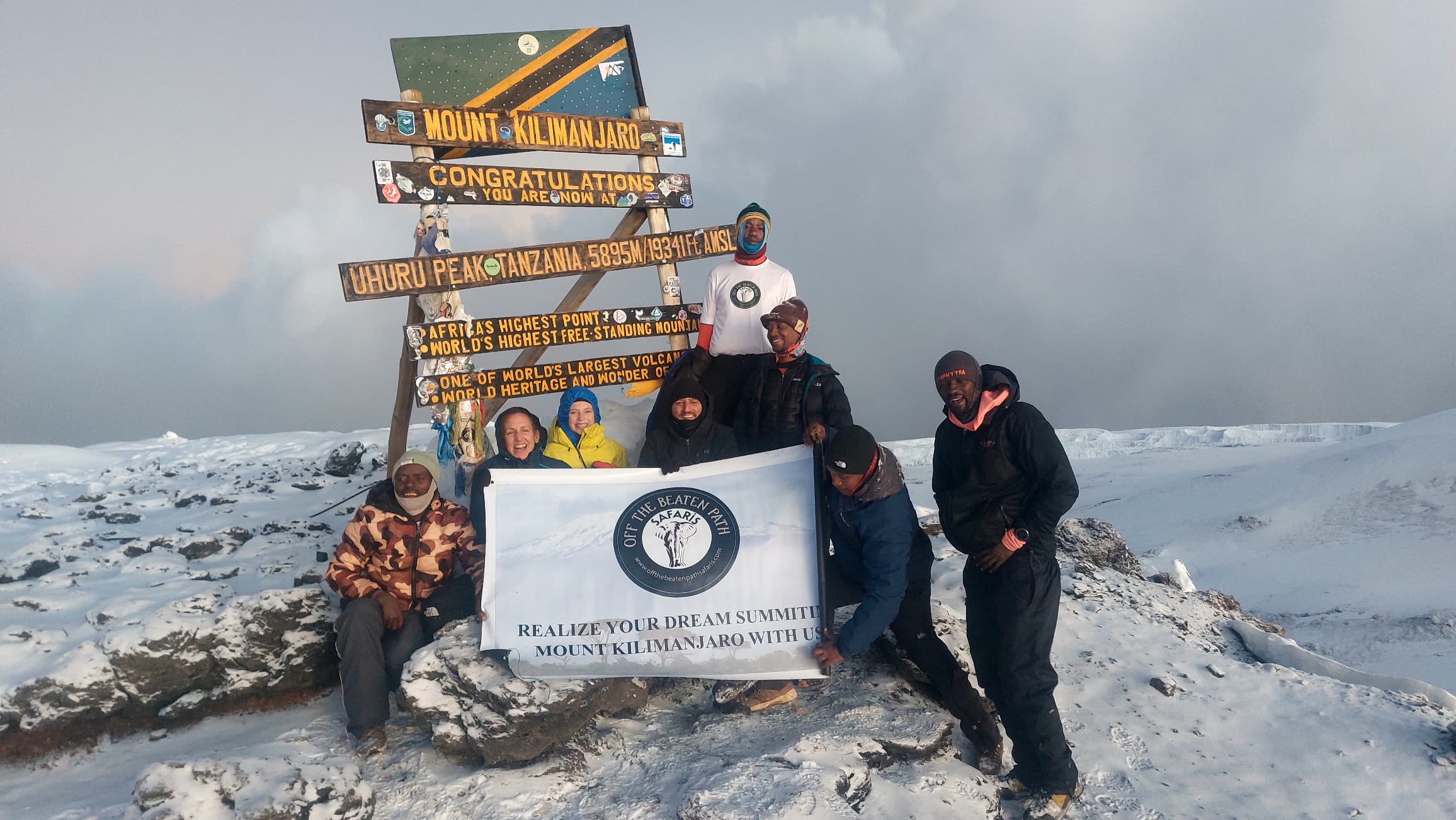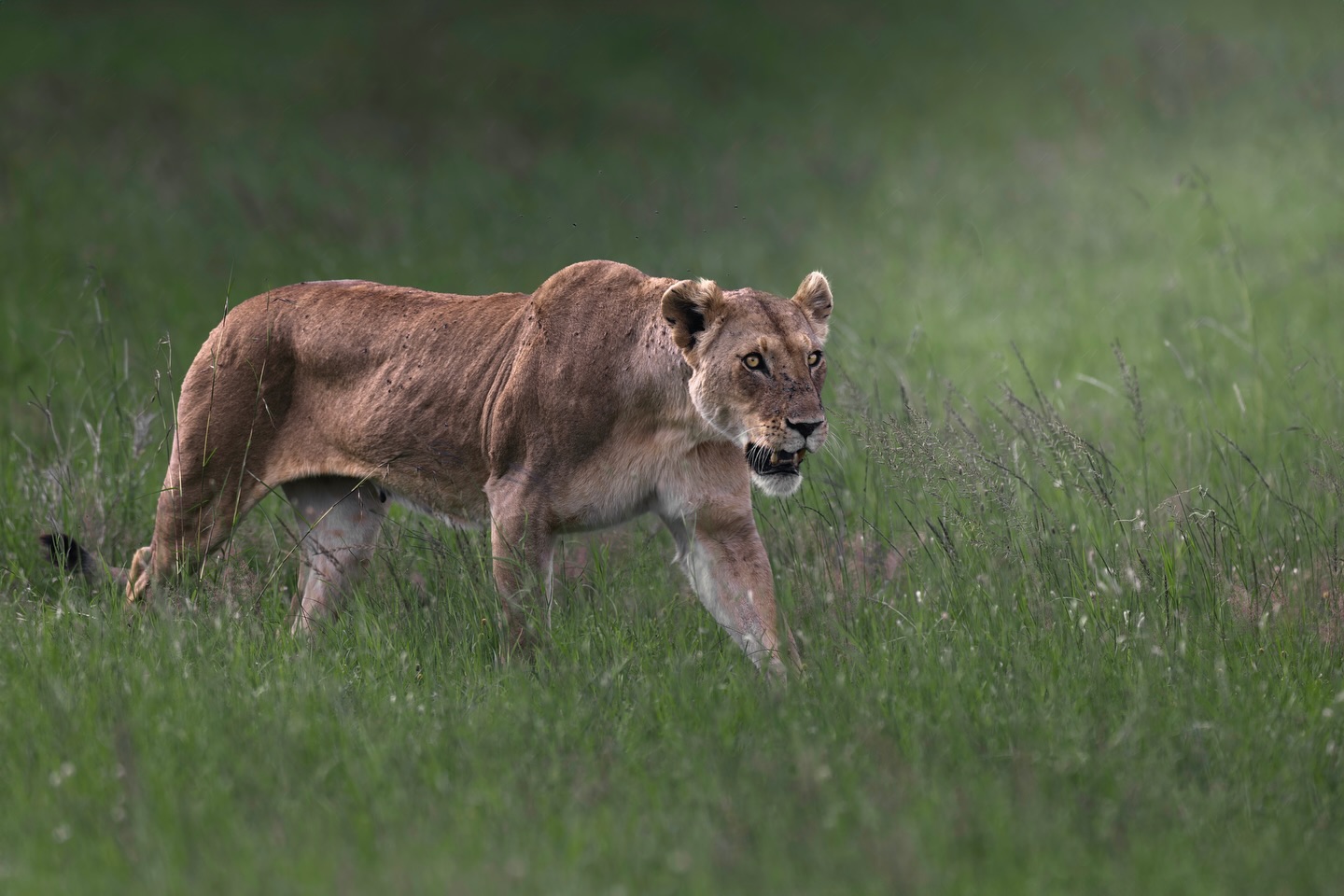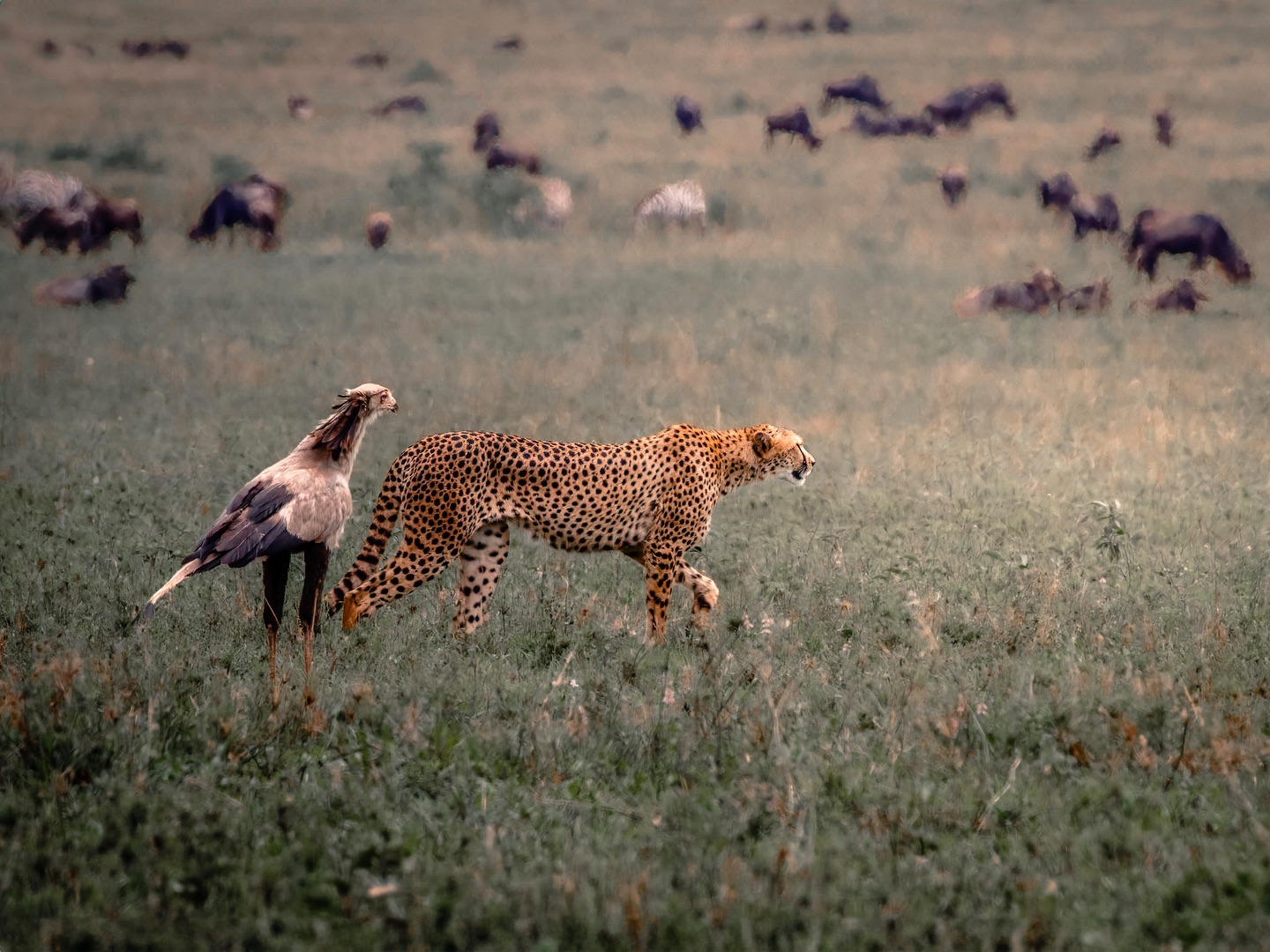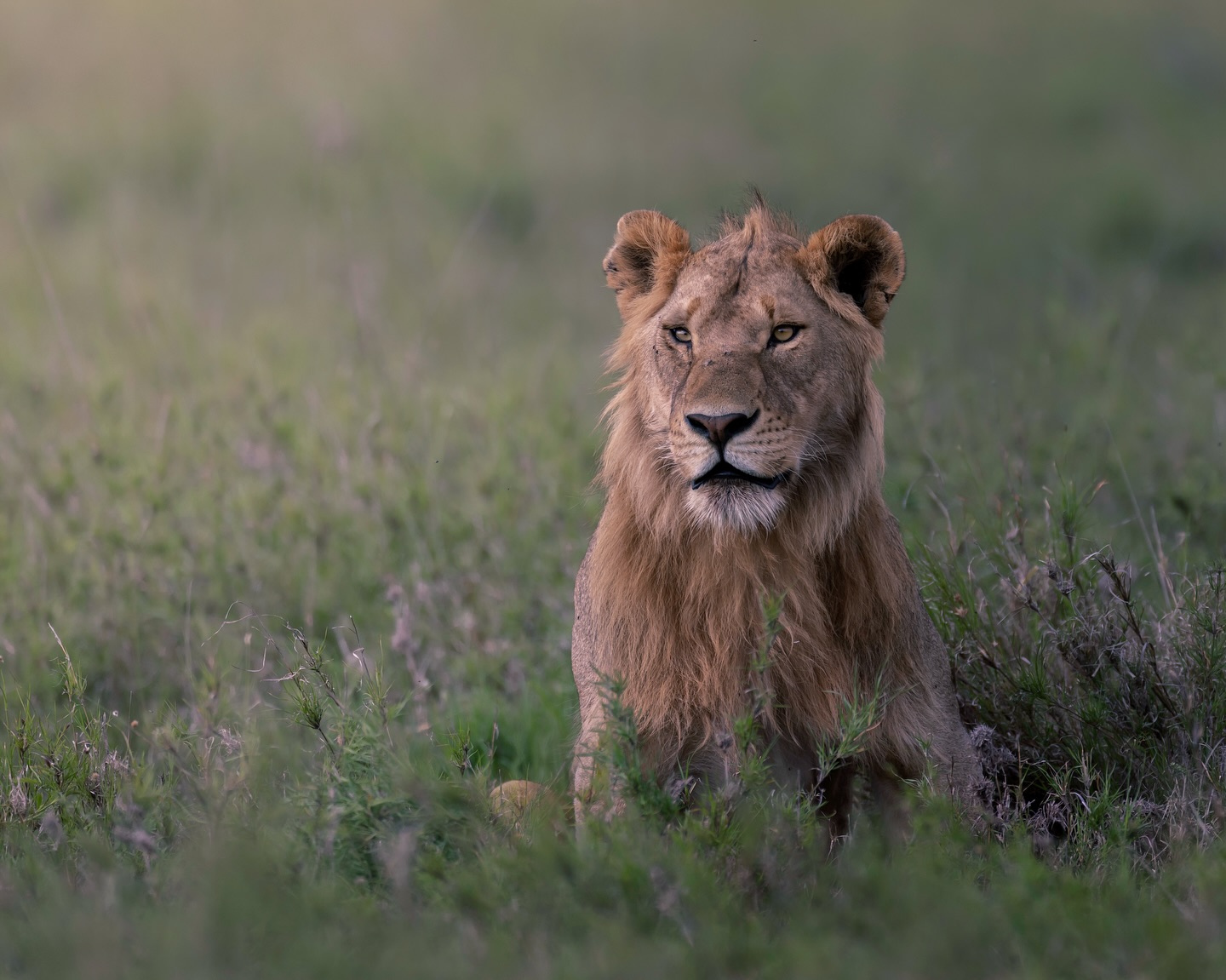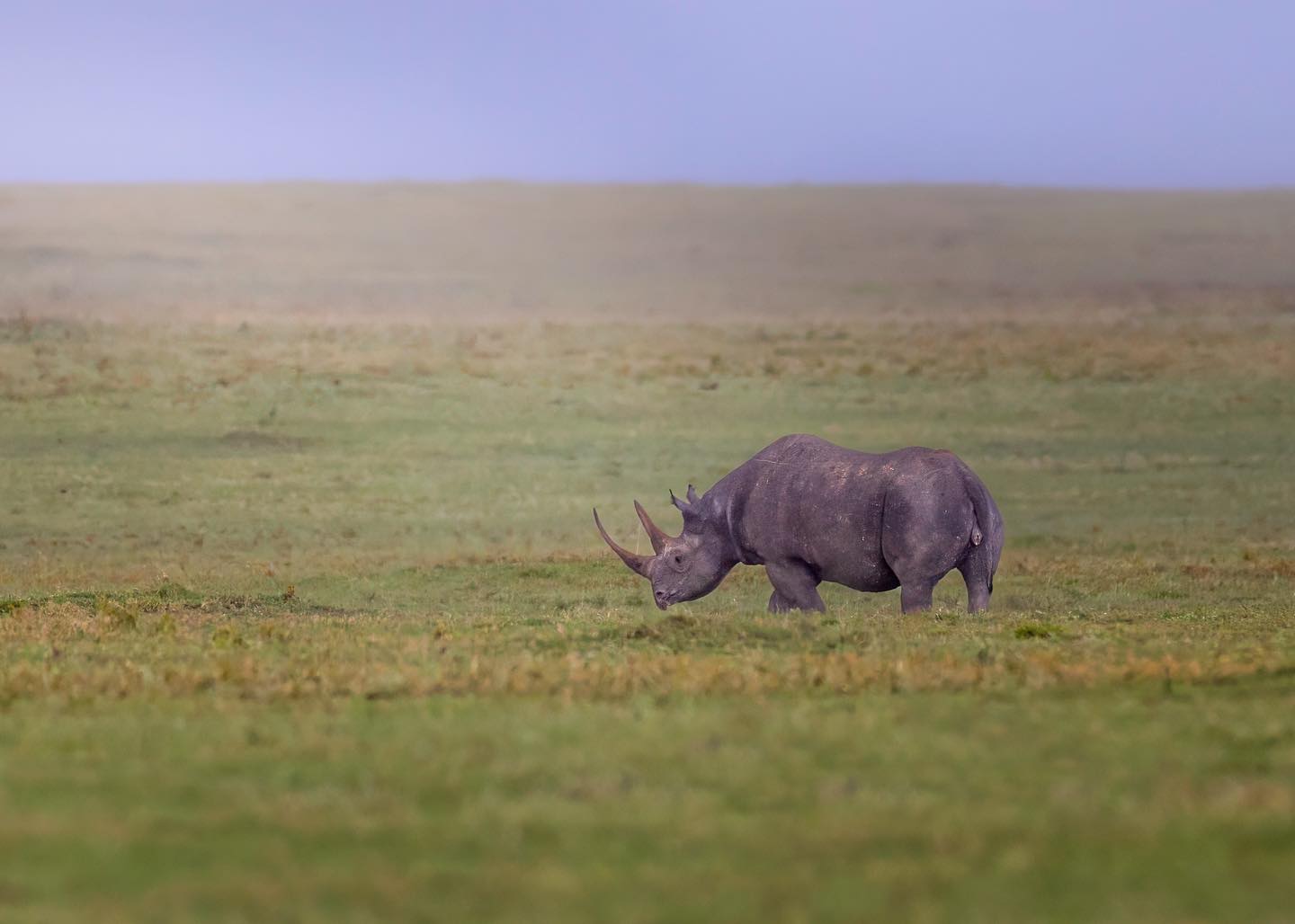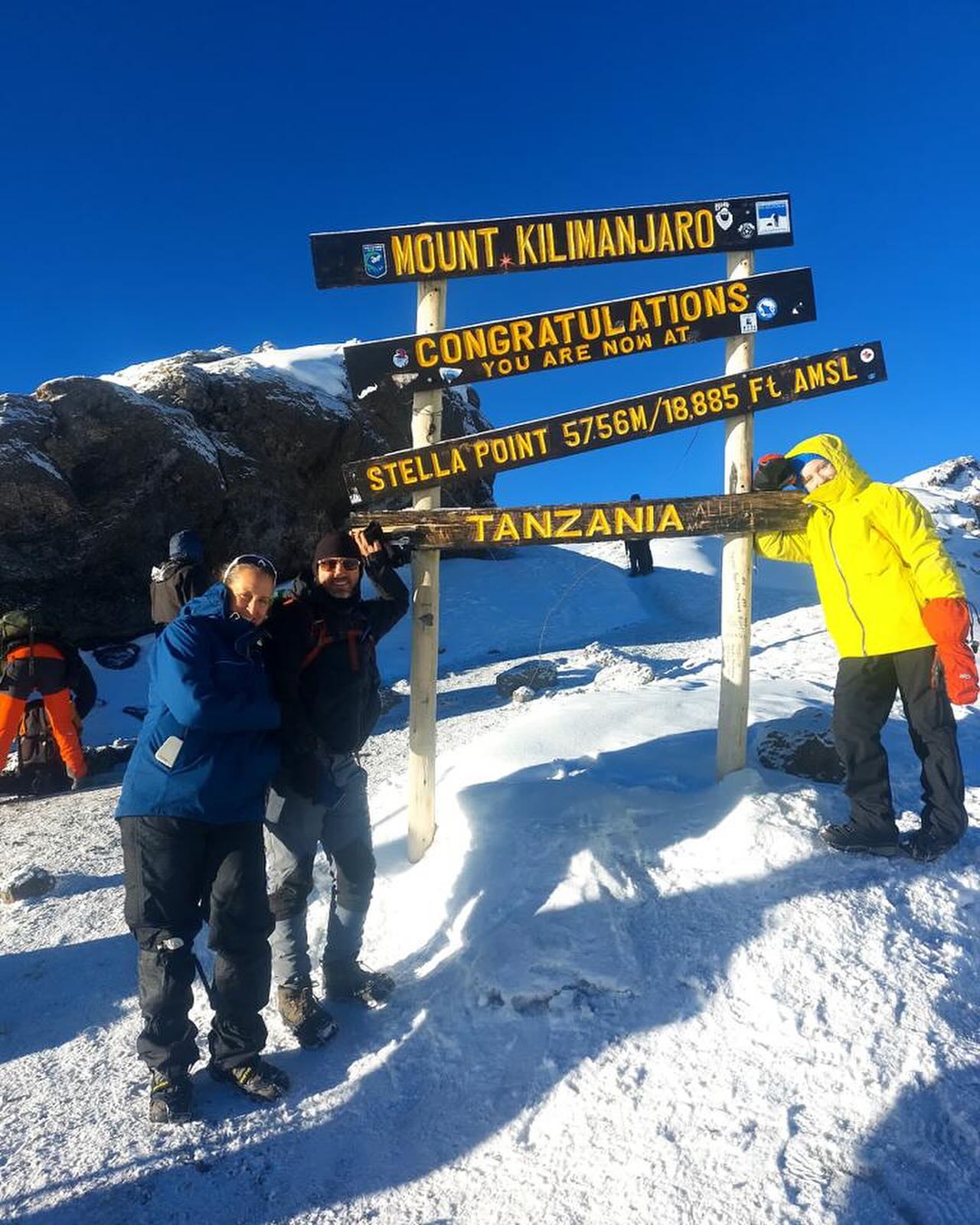where it all begins
UNRIVALLED LUXURY EXPERIENCES
Off the Trail:
Unconventional Kilimanjaro Expeditions
Join Off-the-Beaten-Path Safari Company for an unparalleled Kilimanjaro experience. Escape the crowds with our exclusive Rongai and Lemosho routes, immersing yourself in Africa's highest peak's pristine beauty. Traverse lush rainforests, remote valleys, and breathtaking landscapes, guided by our experts. With personalized attention and careful planning, we guarantee a safe and unforgettable adventure. Choose us for a Kilimanjaro journey beyond compare.
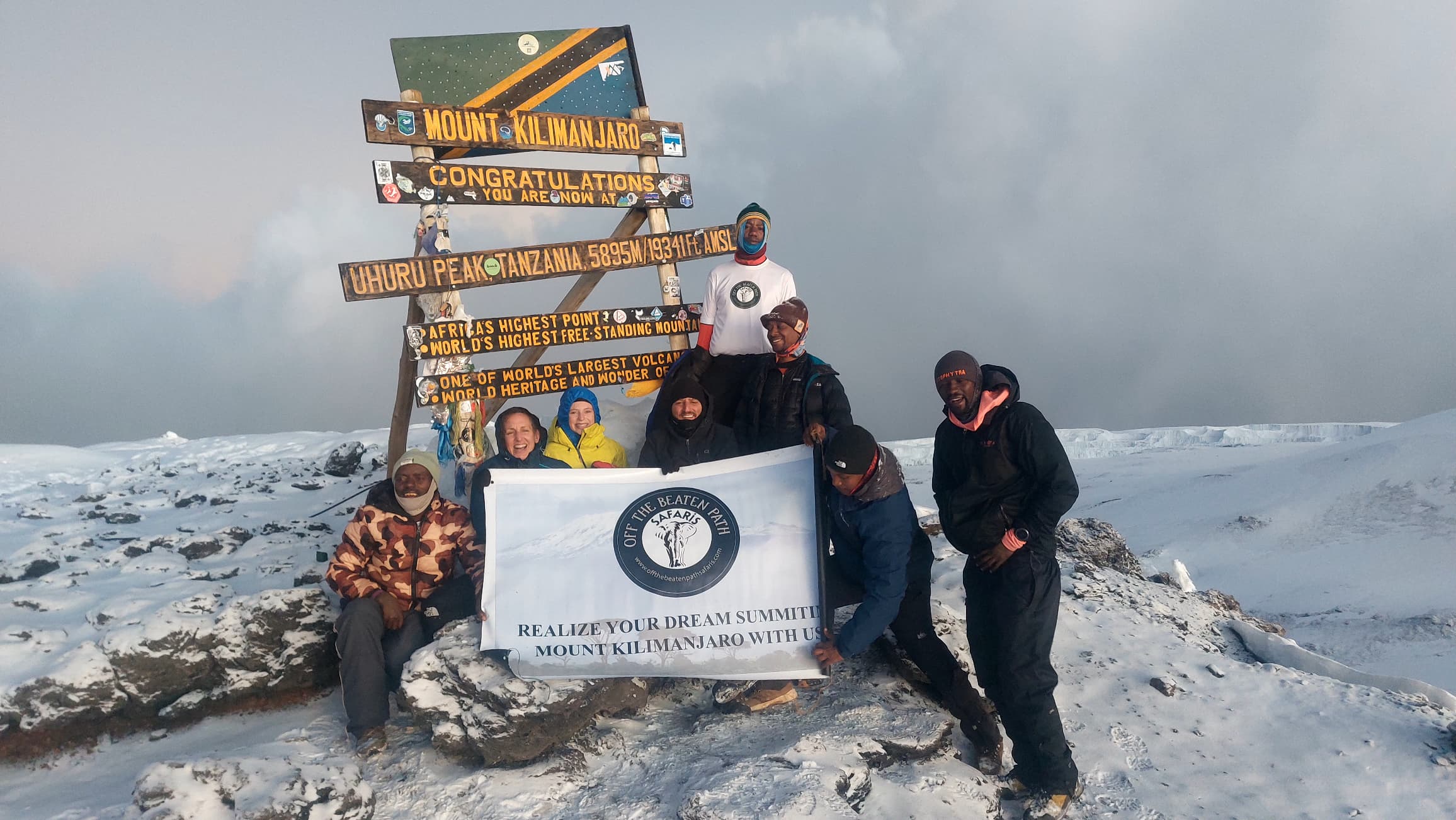
Our Preferred Kilimanjaro Climbing Route
Explore the spectacular safari destinations in Tanzania that will make your stay in Africa unforgettable.
Lemosho Route:
Trailblazing Unique Routes on Kilimanjaro
The Lemosho Route offers a mix of moderate and challenging sections, with some steep ascents and rugged terrain. While the longer duration of this route allows for better acclimatization, trekkers should be prepared for longer days of hiking and the potential for altitude-related challenges.Trek through diverse landscapes, from lush rainforests to high-altitude deserts, and discover the magic of Kilimanjaro in a truly unique way.
Marangu Route
Serenity Summit Beyond the Crowds on Kilimanjaro
The Marangu Route is often considered the easiest route on Kilimanjaro due to its gentle slopes and hut accommodations. While it is less physically demanding compared to other routes, climbers should not underestimate the challenge of reaching the summit. Proper acclimatization and fitness are still essential for a successful climb.
Discover tranquility amidst the grandeur of Kilimanjaro on our Serenity Summit expedition. Let us guide you on a journey where the focus is on your experience, ensuring a memorable climb away from the hustle and bustle.
Machame Route
Challenging to Strenuous
This variation of the Machame Route involves more off-trail exploration and may include sections with less-defined paths. Climbers should be comfortable with navigating rugged terrain and be prepared for longer and more challenging days of hiking. A high level of physical fitness and previous trekking experience are recommended for this route.
Become a pathfinder on our Machame Route expedition, where every obstacle is a chance to prove your mettle and every summit a triumph. Join us for an adrenaline-fueled adventure that will push you to new heights.
RONGAI ROUTE Route
A Journey to the Summit via the Scenic Rongai Route
Rongai route ascends Mount Kilimanjaro from the north-eastern side of the mountain, along the border between Tanzania and Kenya. The rongai route retains a sense of unspoiled wilderness. The Rongai route is the only route that approaches Kilimanjaro from the north. Rongai route is truly one of the more remote and wild trails on the entire mountain. Despite that however, this route offers trekkers plenty of advantages, making it a very appealing option for those looking for a unique experience on Africa’s tallest peak.
Before that happens however, travelers will often have the path completely to themselves for hours or even days at a time, making this a good choice for those looking for solitude in a unique wilderness setting.
Days
Starting from
$
Per Person Sharing

